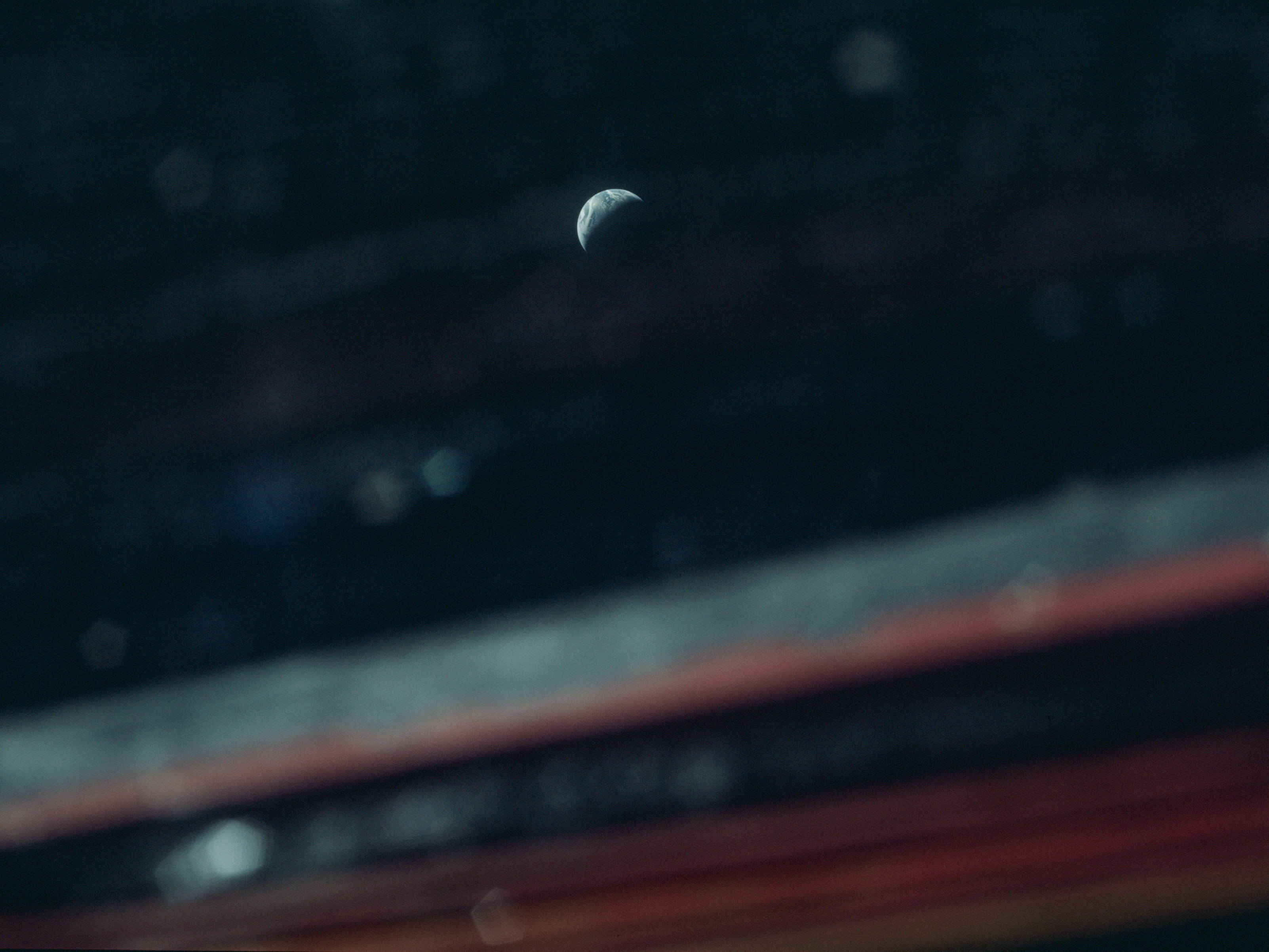In the time since I was born, we have gone from knowing about zero planets orbiting other stars to a catalog of over 5,000 strange new worlds. Yet much remains to be discovered about these planets' exact natures. This is especially true of small, terrestrial worlds—the ones that may, or may not, resemble our home. What are their environments like? Could any of them harbor life? If so, how might we detect it?
My current research investigates the chemistry of exoplanetary atmospheres around other types of stars. Imagine taking Venus and throwing it around a cool, dim, red star—the most common type of star in the galaxy. (One such red dwarf is TRAPPIST-1, which is known to host seven roughly Earth-sized planets—some of which orbit within the star's habitable zone.) How does a complex web of chemical reactions change in response to a different distribution of starlight?
Image credit (artist depiction): NASA/JPL-Caltech









